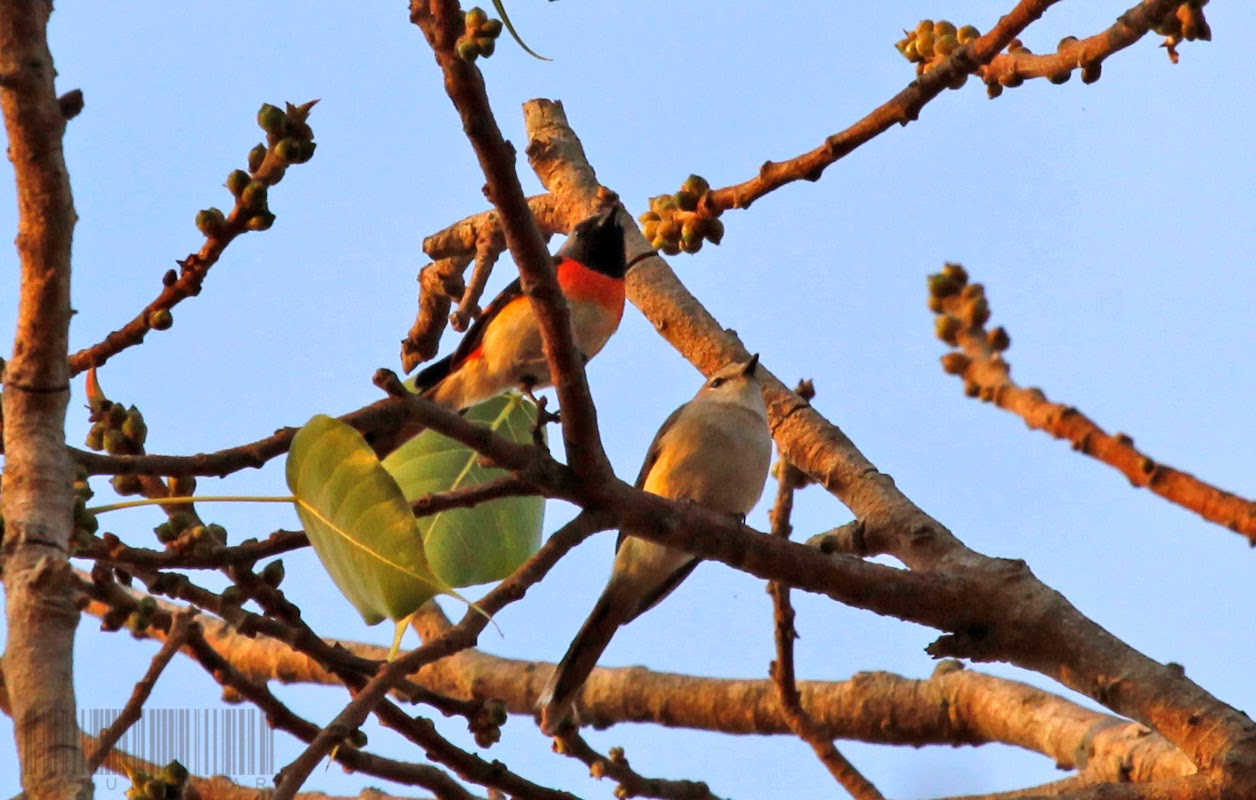02. Oriental Honey-buzzard
(Perm's ptilorhynchus) - Female
ID by Richard Grimmett : Tail long and broad, and has narrow neck, small head and bill, and short bare tarsi. Soars with wings flat. Has small crest. Underparts and underwing-coverts range from dark brown through rufous to white, and unmarked, streaked or barred; often shows dark moustachial stripe and gular stripe, and gorget of streaking across lower throat. Lacks dark carpal patch. Male has grey face, two black tail-bands, usually three black under wing bands, and brown iris. Female has browner face and upper parts, three black tail-bands, four narrower black under wing bands, and yellow iris. |



No comments:
Post a Comment